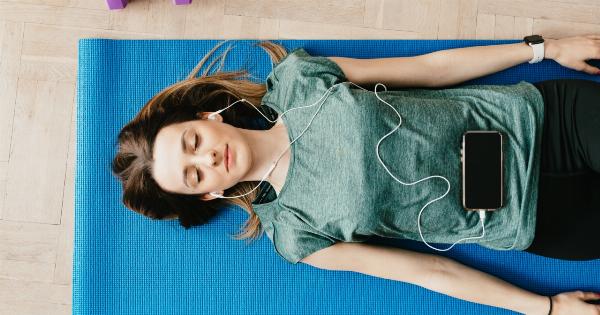In today’s digital age, it’s nearly impossible to avoid screens.
Whether we’re using computers for work, checking our smartphones for updates, or binge-watching our favorite TV shows, our eyes are constantly exposed to the harsh glare emitted by screens. This prolonged exposure can lead to digital eye strain, dryness, redness, and even long-term vision problems.
However, by implementing a few simple strategies, you can minimize the impact screens have on your eyes and safeguard your vision for years to come.
1. Adjust the Display Settings
One of the easiest ways to protect your eyes from screen-related strain is by adjusting the display settings on your devices.
Increase the font size to reduce eye strain, and adjust the brightness and contrast levels to a comfortable level that is not too harsh on your eyes.
2. Follow the 20-20-20 Rule
To give your eyes a much-needed break, follow the 20-20-20 rule. Every 20 minutes, take a 20-second break, and focus your eyes on an object that is at least 20 feet away. This exercise helps reduce eye fatigue and keeps your eyes lubricated.
3. Use Proper Lighting
The lighting in your workspace plays a significant role in minimizing screen-related eye strain. Avoid glare from windows and artificial lights by positioning your computer screen perpendicular to them.
Additionally, consider using a desk lamp with adjustable brightness to provide adequate lighting without causing undue strain on your eyes.
4. Take Regular Breaks
It can be tempting to spend hours glued to your screen, but it’s crucial to give your eyes regular breaks. Stand up, stretch, and look away from your screen every 30 minutes.
This simple habit can help reduce eye strain and prevent dryness or irritation.
5. Practice the 10-10-10 Rule
In addition to the 20-20-20 rule, practicing the 10-10-10 rule can further protect your eyes. Every 10 minutes, take a 10-second break, and close your eyes. This short break helps rejuvenate your eyes and gives them a chance to rest.
6. Use Blue Light Filters
Blue light emitted by screens can disrupt your sleep patterns and contribute to eye strain. To combat this, consider using blue light filters or software applications that help reduce the amount of blue light reaching your eyes.
These filters can be applied to your computer, smartphone, and even prescription eyeglasses.
7. Blink Frequently
When using screens, we tend to blink less frequently, leading to dryness and discomfort. To combat this, make a conscious effort to blink more often while using devices.
If necessary, use artificial tears or eye drops to keep your eyes lubricated and prevent dryness.
8. Keep Screens at a Distance
Position your computer screens, smartphones, and tablets at a comfortable distance from your eyes. Ideally, the screens should be at least an arm’s length away, with the top of the screen slightly below eye level.
This positioning reduces strain on your eyes and minimizes chances of developing a forward head posture.
9. Opt for Matte Screen Protectors
Matte screen protectors help reduce glare and reflections from screens, making it easier on the eyes. These protectors can be easily applied to smartphones, tablets, and laptops, adding an extra layer of eye protection while using electronic devices.
10. Visit an Eye Care Professional
Regular eye check-ups are essential, especially for individuals who spend a significant amount of time in front of screens.
An eye care professional can detect any vision problems early on and provide tailored advice to alleviate screen-related eye strain.




























